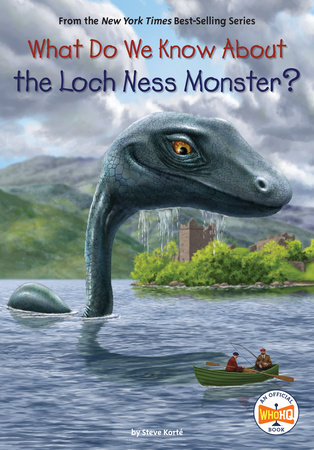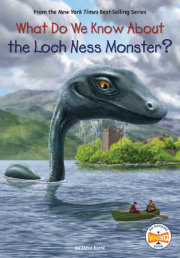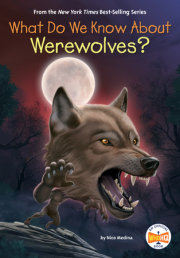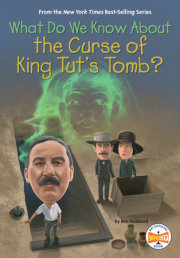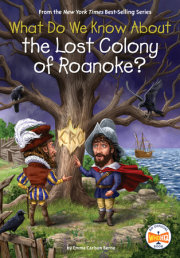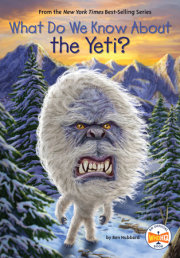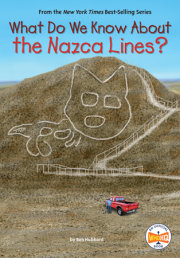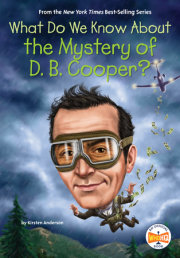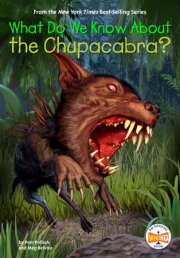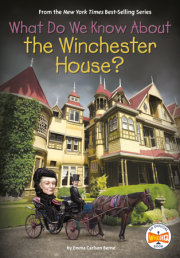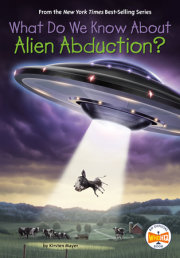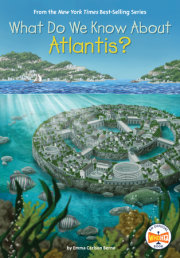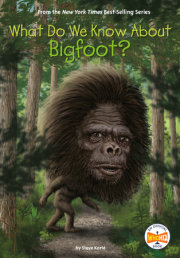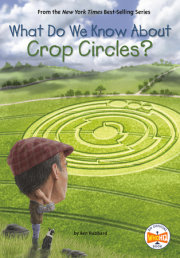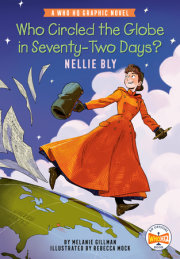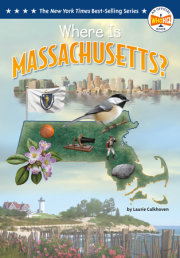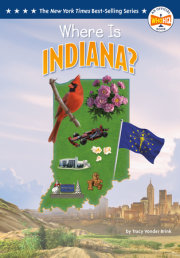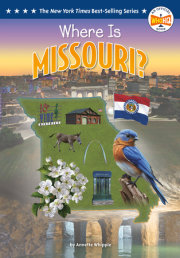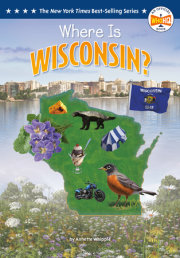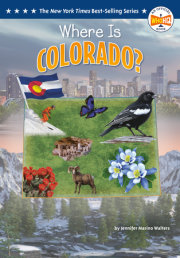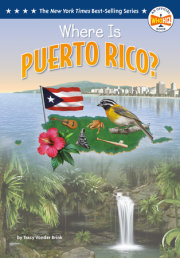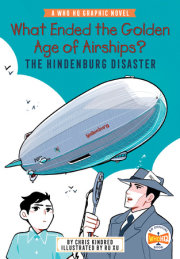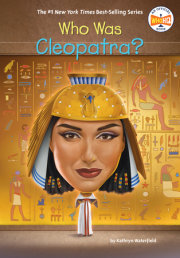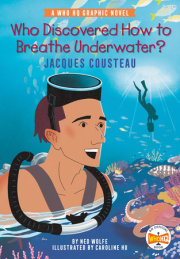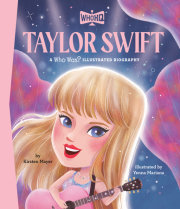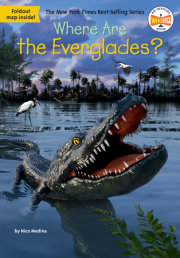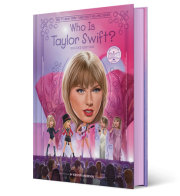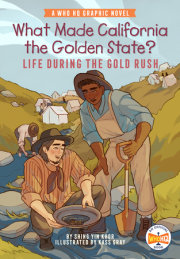What Do We Know About The Loch Ness Monster? On June 23, 1972, an American man named Bob Rines was visiting a friend who lived near a large lake in the Scottish Highlands. The name of the lake was Loch Ness. During his trip, Rines saw something in the lake that would change his life forever.
“There in the middle of the bay, we saw a giant hump like the back of an elephant that was somewhat triangular in shape but four to five feet out of the water at the apex,” said Rines. “The fear in the back of my neck crawled up, and I shivered. There I could see the gray texture of this animal, like an elephant, a cross between an elephant and a whalelike texture. It moved off against the wind currents, entered the bay, turned around, and very politely came back in front of us to continue viewing us. And then in front of us—plop!—it submerged. We were just speechless!”
Bob Rines was not the first to tell the story of a strange and remarkable sighting on the loch. Over the years, there have been many reports of an unknown animal living deep within the waters of Loch Ness. Although no one is quite sure what it is, the creature is known as the Loch Ness Monster.
Chapter 1: Loch Ness Loch Ness is a lake in Northern Scotland.
Loch is a word in Scotland’s Gaelic language for the English “lake.” Loch Ness is a very long, deep lake. It is twenty-three miles long, about a mile wide, and almost nine hundred feet deep. There is more water in Loch Ness than in all the lakes in England and Wales put together. It’s big enough to hold every person on Earth more than ten times over!
Tall mountains surround Loch Ness, and there are eight small towns located around the loch. The largest town is Fort Augustus, with a population of only 646 people. Tourism, sightseeing by boat, and fishing are the main industries of the people who live near the loch.
Loch Ness is connected to the North Sea by the River Ness and a man-made waterway called the Caledonian Canal. The cold water that flows into the loch contains particles of peat, which are bits of decayed vegetation. The peat turns the water of Loch Ness dark brown. The peat also blocks sunlight from penetrating more than about thirteen feet, making it nearly impossible to see anything below the water’s surface.
Many believe that deep, dark Loch Ness may hold more than one mystery. There are
ancient legends and mysterious events connected to the loch. People have drowned in its waters and then completely disappeared. Their bodies have never been recovered. Locals who live near Loch Ness wonder if the unfortunate people who drowned could have been devoured by a large animal hiding in the lake’s murky depths!
Chapter 2: Monsters in Scotland Scotland is a land of secrets and legends. Hidden within the dark depths of Loch Ness lies a mystery unsolved for centuries. It is the Loch Ness Monster, or “Nessie,” as the creature is sometimes called. Nessie is part of a very long Scottish tradition. For many years, there have been tales of monsters in Scotland. Some of these creatures lurk within the country’s lakes and rivers.
We know about the history of monsters in Scotland because ancient pictures of these strange beasts have been discovered. The drawings were made by the Picts, people who lived in Scotland from around AD 100 to 840. The Picts carved images of large water beasts into stone almost 1,500 years ago.
One of the most fearsome water creatures was the kelpie. According to Scottish legends that come from the time of the Picts, the kelpie was an associate of the devil. It lived underwater and was often described as a cross between a bull and a horse, with two sharp horns on top of its head. It would emerge from the water when it was hungry. The kelpie would magically transform itself into a beautiful horse with an elaborate saddle on its back. It would calmly graze by the side of a loch or river, waiting for an unsuspecting person to climb onto its back. The beast would then gallop back into the water, where its victim would be drowned and eaten by the kelpie. In other versions of the legend, the kelpie would take the appearance of a handsome young man and lure women to their underwater deaths.
Kelpies were said to exist in most bodies of water in Scotland. Since there are more than thirty thousand lochs and rivers in Scotland, that’s a lot of kelpies!
There were other beasts in ancient Scottish legends. One was a killer seal that was known as a selkie. It was said that these dangerous monsters could shape-shift and transform from cuddly seals into humans. In their human form, the selkies would sometimes escort their victims into the water and devour them.
The buarach-bhaoi was a nine-eyed eel that would jump out of the water and wrap its body around a human’s ankles. After the buarach-bhaoi dragged its prey into the water, then it would suck its victim’s blood.
The dreaded boobrie was an oversize bird that ate meat and lurked near lochs in Scotland. According to one report, the boobrie was “larger than seventeen of the biggest eagles put together.” It possessed a razor-sharp beak that it used to rip apart small victims, including lambs, otters, and children who wandered too close to the shore of a loch.
And there is the famous story of Saint Columba. In 565, an Irish monk named Columba was traveling through Scotland when he heard about a dangerous water beast that lived in the River Ness, which is connected to Loch Ness. It was said that the dragon-like creature had already killed a local resident. Columba decided to travel to the River Ness to offer his help.
Columba arrived at the shore of the River Ness and asked his faithful servant, a man named Lugne Mocumin, to swim across the river and return with a boat. But when Mocumin jumped into the water, he disturbed the monster, which was hiding at the bottom of the river.
Copyright © 2022 by Penguin Random House LLC. All rights reserved. No part of this excerpt may be reproduced or reprinted without permission in writing from the publisher.

